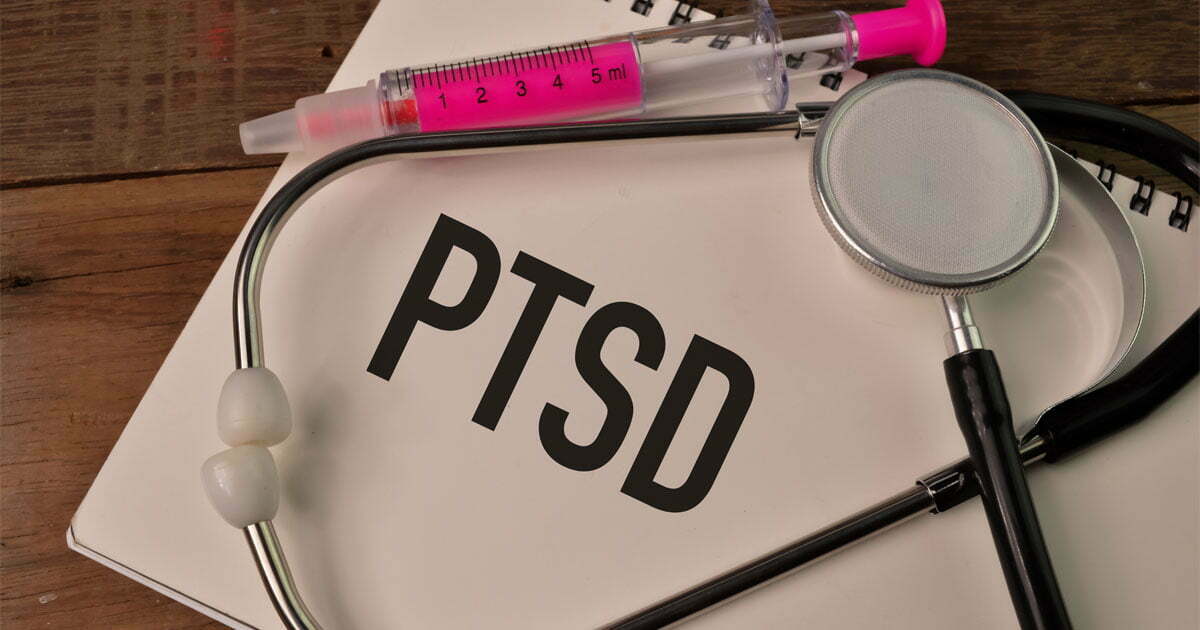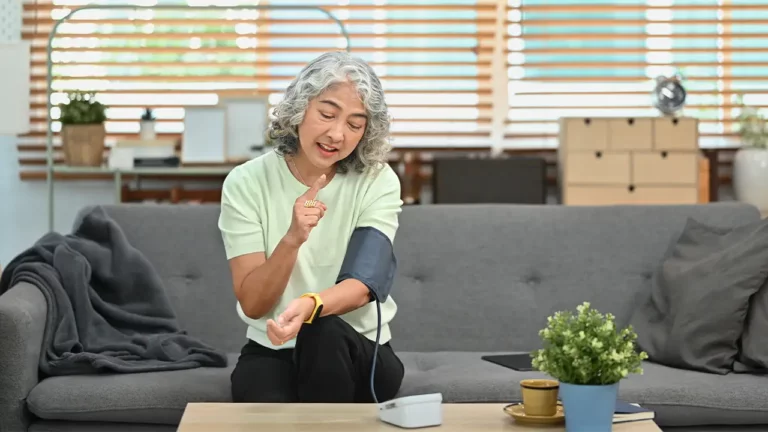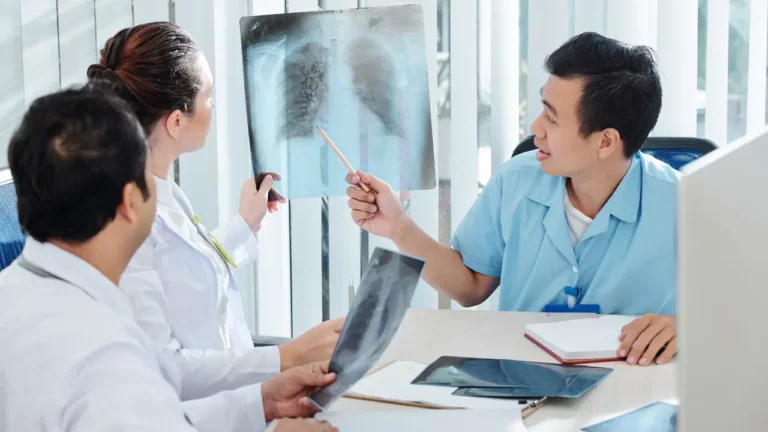Addressing PTSD through remote patient monitoring (RPM) is now possible as it is continuously evolving and is now used for different conditions.
Posttraumatic stress disorder, also known as PTSD, is a mental disorder that develops after a shocking, life-altering, or traumatic experience. Approximately 60 percent of males and 50 percent of females will experience at least one traumatic event in their lives. War, violence, sexual assault, physical attacks, kidnappings, torture, terrorism, vehicular accidents, and natural catastrophes are examples of traumatic occurrences.[1]
RPM that is used for PTSD looks for indicators of nightmares, tries to suppress them, or slowly wakes the patient if that fails, thereby increasing the quality of life of those who suffer from nightmares connected to PTSD. The innovation, which combines temperature control, aromatherapy, and aural therapeutic capabilities, may be combined into the shape of a wearable gadget.
Such wearable gadgets are categorized as automation technology that allows for cost-effective deployment of smart sensors as the foundation of RPM devices. Wearable technology connects the user to the network and monitors the individual for worst-case scenarios. Through machine learning and remote management, the system will be able to optimize itself. The approach has the ability to positively influence millions of people and lower rates of despair and suicide caused by PTSD in those who have been exposed to trauma. As such there are the following three uses of RPM for PTSD:
Remote Patient Monitoring Provides PTSD Holistic Monitoring
PTSD is a chronic mental illness that usually lasts a lifetime, but RPM can approach this illness with holistic monitoring. People with the illness of PTSD may be reticent to recall or disclose the trauma or their symptoms, making diagnosis and treatment challenging. However, with effective therapy, a healthy lifestyle, and a strong support system, one can significantly reduce symptoms and live a full and happy life. Having the correct support might also help manage your symptoms. The use of RPM enables providers to get additional information about how the patients are doing, which allows them to provide immediate management which they might not have otherwise.
RPM devices also have the capability of detecting dangerously out-of-range physiological vital signs, alerting caregivers the need to adjust the care regimen. With such data, caregivers can counsel the patient about daily habits, such as physical exercise, that are frequently overlooked despite their considerable impact on chronic illnesses. These advantages can be amplified when combined with health-promoting assistance such as sleep or stress management counseling.
Healthcare providers also benefit from remote patient monitoring because it allows easier access to patient data, better management of chronic illnesses, saves costs, and boosts efficiency. Aside from that, RPM also provides a streamlined workflow. With reliance on the smart technologies of RPM, providers can care for patients based on physiological change alerts and thus save time. Overall, healthcare professionals will be able to provide better treatment to patients.
RPM Motivates PTSD Patients to Seek Help
Symptoms of PTSD, such as avoidance and guilt, might make it difficult to seek therapy. RPM is a technological method for increasing mental health care access and removing treatment barriers. RPM program’s primary objective is not just to collect patient data, but also to provide patient education. The data collected by RPM can empower patients by providing the information needed to change their behavior or lifestyle in order to achieve healthier outcomes. Healthcare providers can use smart phones or tablets as part of an RPM program to send patients education modules tailored to their requirements.
Remote patient monitoring can help with aspects of patient-centered care models like continuity of care by following up with patients over time and increasing patient quality of life by allowing them to receive individualized and regular treatment while at home and away from hospitals. RPM enables doctors to better reach patients, collect health data, give medical management, and achieve the satisfaction that patients with mental illness usually seek discretely without the prejudice of other persons that accompanies face to face consults.
RPM Promotes Adherence to PTSD Treatment
One of the most prevalent psychiatric diseases worldwide among victims of disasters, kidnappings, accidents, sexual assaults, and conflict is post-traumatic stress disorder (PTSD).
Several hurdles to the treatment of PTSD around the world include a scarcity of psychiatric health professionals such as psychiatrists, clinical psychologists, and psychiatric nurses, as well as limited access to and distribution of these services. Many mental health professionals have had to adapt new service delivery modalities to address the requirements of these clients in order to provide and maintain continuity of care. Remote patient monitoring has emerged as a critical and required tool for mental health providers to give care while reducing in-person interaction but promoting continued adherence to PTSD treatment.
One of the key reasons for using remote patient monitoring devices is to improve accessibility and efficiency. Patients using RPM know that someone is watching them and caring about their health since they know their data is being sent to their clinicians and they get feedback. This, together with the understanding that a clinician will be notified if they deviate from a health management plan, may promote patient accountability. Remote patient monitoring is now more feasible than ever thanks to advances in communication technologies. Cost savings and shorter treatment times, as shown by various research, are also significant advantages that make patients more adherent to treatment.
Remote Patient Monitoring can also help patients with other mental health conditions. Read more: Remote Patient Monitoring for Patients with Mental Health Conditions
Takeaway: Addressing PTSD through Remote Patient Monitoring
People who have encountered or witnessed a traumatic incident such as a natural disaster, a catastrophic accident, a terrorist attack, war/combat, or rape, or who have been threatened with death, sexual violence, or serious injury, may develop posttraumatic stress disorder (PTSD). Despite the fact that PTSD has a number of harmful outcomes, people with PTSD are frequently mismanaged. This could be attributed to a lack of awareness, as well as difficulty seeking therapy due to a scarcity of psychiatric medical resources. But the absence and unequal distribution of mental health personnel continue to be an obstacle to its care. The use of remote patient monitoring devices can augment this problem by enabling patients to receive care without having to visit the clinic since data is collected remotely and analyzed and responded to digitally by a qualified provider.
References:
- “PTSD Is More Likely in Women Than Men | NAMI: National Alliance on Mental Illness.” PTSD Is More Likely in Women Than Men | NAMI: National Alliance on Mental Illness, www.nami.org, https://www.nami.org/Blogs/NAMI-Blog/October-2019/PTSD-is-More-Likely-in-Women-Than-Men








